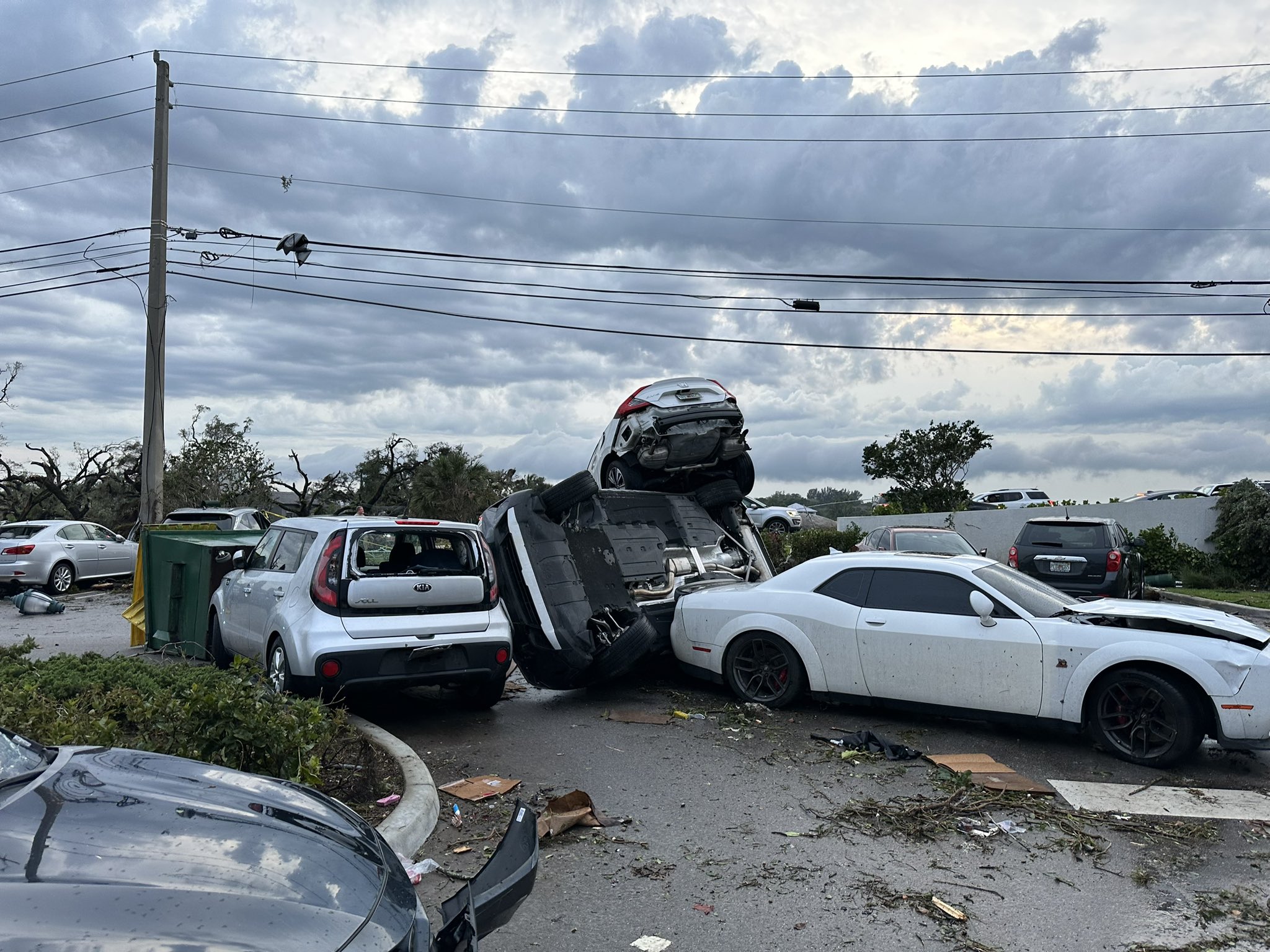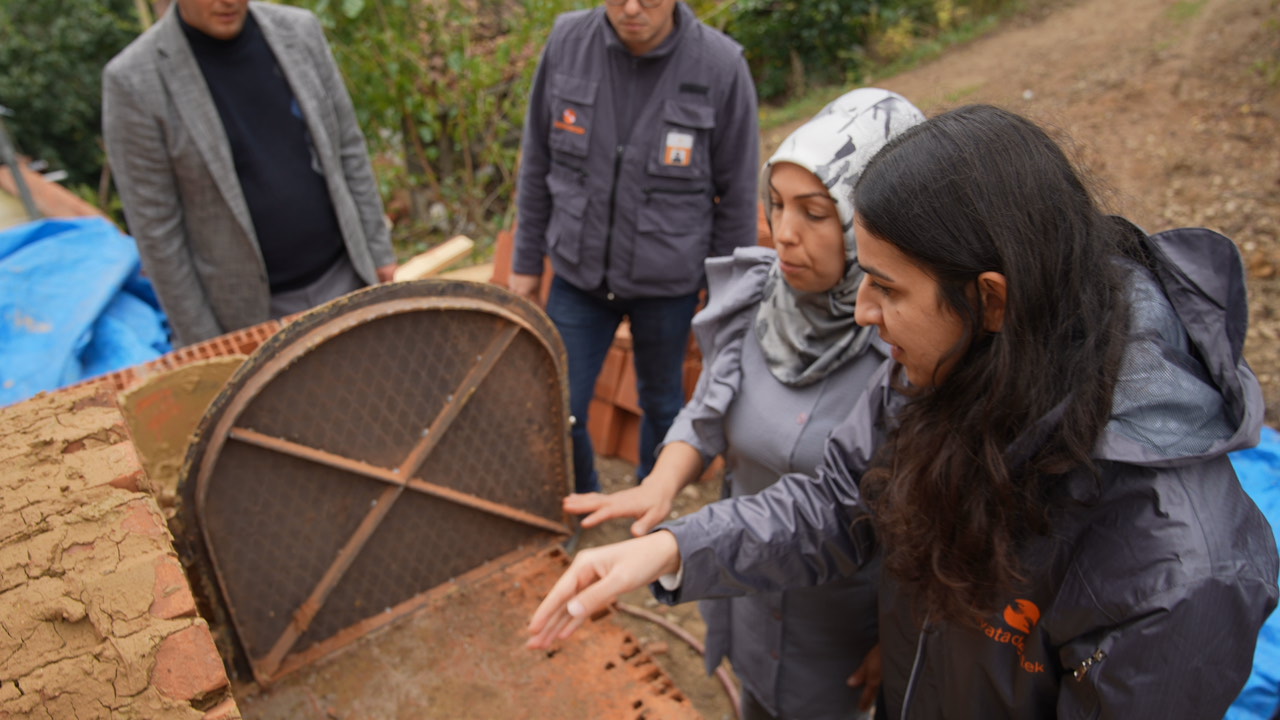What we’re watching: Weekly disaster update, May 1

We know all too well that disaster can strike anytime, anywhere in the world. Some disasters make headlines; others do not. Here at the Center for Disaster Philanthropy (CDP), we monitor the status of disasters worldwide and compile a list of the ones we’re tracking weekly, along with relevant disaster-related media coverage.
Here’s what we’re watching for the week of May 1, 2023.
New or Emerging Disasters
Tornado – Virginia: The National Weather Service in Wakefield confirmed a tornado in Virginia Beach on April 30. No injuries have been reported, but local officials estimated between 50 and 100 homes were damaged when the tornado hit the Great Neck area of the city around 6 p.m. The tornado prompted city officials to declare a state of emergency.
For more, see our 2023 US Tornadoes disaster profile.
Tornadoes – Florida: The National Weather Service in Miami confirmed that an EF-2 tornado touched down in Palm Beach Gardens, Florida, on April 29. The Palm Beach Gardens Police Department did not report any major injuries or fatalities, but the tornado caused widespread damage, including to residential roofs and vehicles. Damage from possible tornadoes was also reported in Florida’s panhandle, including Liberty and Bay counties.
Previous/Ongoing Disasters
Atlantic – Hurricane Season: According to Colorado State University (CSU) hurricane experts, 2023 will have slightly below-average activity. The CSU forecast includes 13 named storms and six hurricanes, below the 1991 to 2020 averages of 14.4 named storms and 7.2 hurricanes. Larger-than-normal uncertainty exists with CSU’s outlook because the strength of the upcoming Atlantic hurricane season depends on whether a robust El Niño develops from August to October. If a strong El Niño does not develop, the potential for an active hurricane season still exists due to above-average temperatures in the Atlantic Ocean.
National Hurricane Preparedness Week is April 30 to May 6 and aims to raise awareness about the hazards posed by hurricanes and share resources to help people stay safe. Hurricanes and the hazards they bring, including storm surges, flooding, extreme winds and tornadoes, threaten life and property. CDP’s Hurricanes, Cyclones and Typhoons Issue Insight provides information about this natural hazard and how philanthropy can invest in preparedness.
Sudan – Complex Humanitarian Emergency: Despite saying they would extend a truce another three days, the warring sides intensified their fighting on May 1 with airstrikes hitting Sudan’s capital, Khartoum. According to a top UN official, Sudan’s warring generals have agreed to send representatives for negotiations.
Martin Griffiths, Under-Secretary-General for Humanitarian Affairs and Emergency Relief Coordinator, said on April 30 that two weeks after the fighting began, “the humanitarian situation is reaching breaking point.”
After deciding to pull out of the country when three staff were killed, the World Food Programme said on May 1 it was lifting its temporary suspension of assistance. Before the outbreak of fighting, more than 15 million people faced severe food insecurity in Sudan. In addition to the food security situation, access to healthcare and medical supplies is limited.
In addition to the disasters listed above, we actively monitor the following disasters or humanitarian emergencies. For more information, see the relevant disaster profiles, which are updated regularly.
- Afghanistan Humanitarian Crisis
- COVID-19 Coronavirus
- Horn of Africa Hunger Crisis
- 2022 Pakistan Floods
- Tropical Cyclone Freddy
- 2023 Turkey-Syria Earthquake
- Ukraine Humanitarian Crisis
U.S. Midwest Low-Attention Disasters
The Midwest is regularly faced with low-attention disasters that affect people across the region. CDP’s Midwest Early Recovery Fund (ERF) effectively funds efforts that catalyze equitable disaster recovery.
These are some of the latest disasters and related news the ERF team is monitoring:
- Record snowfall this winter is expected to bring damaging flooding across the Midwest. Nearly 30 river gauges are in major flood stage in the region. The Mississippi River has crested in the Twin Cities and La Crosse, Wisconsin. A portion of a road in Camanche in eastern Iowa is underwater. Preparedness is critical, and state and local officials are focusing on preparing for flooding.
- On April 24, President Biden approved a major disaster declaration for the Oklahoma counties of McClain and Pottawatomie following the severe storms and tornadoes from April 19-20. Individual Assistance and Public Assistance A and B are available.
Complex Humanitarian Emergencies – Somalia
Many places worldwide are experiencing emergencies caused by conflict, climate change, drought, famine, economic challenges and other conditions that combine to create a complex humanitarian emergency (CHE). CDP maintains complete profiles on several CHEs, and what CDP considers Level 1 CHEs are profiled in this weekly blog post and tracked.
In 2023, Somalia’s humanitarian situation continues to deteriorate. Severe drought, hunger, disease and violence bring Somalia to the brink of famine. Approximately 6.6 million people are expected to face Crisis (IPC Phase 3) or worse acute food insecurity outcomes through June 2023.
The March assessments “indicate that more extreme outcomes in the surveyed areas are being mitigated by sustained humanitarian assistance, declining food prices, and access to agricultural and casual labor employment and other income-earning opportunities.”
Famine can and must be averted. A two-track approach helps address immediate needs and long-term impact by strengthening resilience.
The current drought is the longest and most severe in recent history and has surpassed the 2010/2011 and 2016/2017 droughts in duration and severity. The drought has destroyed crops and killed millions of livestock.
A study released last week by an international team of scientists says human-caused climate change has made droughts of such severity at least 100 times as likely in the Horn of Africa as they were in the preindustrial era. The New Humanitarian has reported on the negative coping mechanisms that families are taking to survive.
Upcoming webinars

May 11: Older adults and disasters: Overcoming stereotypes and strengthening inclusion

June 8: Survivor and community-led response: Putting people first in a crisis
What We’re Reading
- Sharp flood insurance hikes across south Louisiana detailed in new data – NOLA.com: “Overall, Louisiana is projected to see a 134% hike in rates for single-family homes on average, phased in over years, according to the data released by FEMA last week on its new system for setting rates. That compares to an average 104% increase nationwide, with the numbers including fees and surcharges.”
- Here Are the Places Most at Risk From Record-Shattering Heat – The New York Times: In 2021, a heat wave in the Pacific Northwest broke records, withered crops and may have killed hundreds. A study published in the journal Nature Communications found there are many areas that, simply by chance, haven’t yet experienced such extreme heat, and therefore, they might not be as prepared.
- Leading to Local – Stanford Social Innovation Review: In philanthropy, there has been a new determination to invest more in locally-led organizations and processes. Sarah Bouchie, most recently at the LEGO Foundation as the senior vice president and chief impact officer, provides insights on lifting up locally-led organizations.
- In famine, ‘f’ is for failure – Al Jazeera: In this opinion piece, Fati N’zi Hassane, Oxfam’s Africa Director, and Reena Ghelani, the United Nations Famine Prevention and Response Coordinator, say famine declarations are always too late. “By then, too many lives and livelihoods have already been lost. If anything, they are declarations of failure. To stand idly by as hunger levels soar is immoral and unacceptable, especially because we know that if we act together, famine is preventable.”
- How the earthquakes could spark progress for disaster risk reduction in Syria – The New Humanitarian: Funding for preventing disasters falls far behind what is available to respond to them, but investments in reducing disaster risk are crucial even in regions affected by conflict like Syria. Integrating small-scale DRR elements into existing emergency programs may help avoid “the inevitable political and logistical hurdles of working in Syria.”
- Rural Afghanistan Faces Humanitarian Crisis, FAO Official Says – VOA: Rein Paulsen, the director of the Office of Emergencies and Resilience at the Food and Agriculture Organization of the United Nations, said, “the situation is concerning. Households lack basic supplies. They lack often seeds to produce staple foods. They may lack animal feed to keep animals alive.”
A family of black bears couldn’t resist the urge to have fun on a trampoline in Connecticut.
